Placement of your air conditioner is just as important as the air conditioner of your choice. When installed in the right spot, it can keep any room cool for as much as its horsepower allows and for less the effort. Many people normally don’t consider this, only to find themselves scratching their heads wondering why this month’s electric bill is high.
Air conditioners, while requiring quite a lot of energy, don’t need to add too much to your electric bill. Place them in these five ideal places in your home, and you may just see savings upon savings:
1. Where the Sun Rarely Shines
Air conditioners are a two-way system: They radiate heat out of a room and draw in air from outside, which is filtered and cooled. This is true with window and split-type air conditioners, standalone and centralized, and mounted and portable units.
When a unit is placed in direct exposure to sunlight, it’ll have to work harder in cooling the air it’s drawing in. People tend to adjust the thermostat to a cooler setting to offset the radiating warmth coming from outside, which translates to increased cost. Placing the unit away from sunlight will make its job easier and allow a more energy-saving thermostat setting to be maintained.
If there’s no viable spot around your house, take advantage of blinds and curtains to keep as much heat outside as possible. Every bit helps the air conditioner and can avert costly repairs in the long term.
2. Where It Will Be Used the Most
Unless you’re installing a centralized air conditioning system, think of the part of your house that gets the most traffic most often. The answer depends on how you spend your day at home.
If you’ll find yourself working from home in the future, install the air conditioner in your home office. If the family often gets together more days in a week, put it in the living room. Make sure the unit is powerful enough to provide full coverage; an underpowered unit will struggle and cost more in the long term. New and refurbished packaged terminal air conditioning units from companies like PTAC Inc. can also help control energy costs.
According to Consumer Reports, an air conditioner typically needs 20 Btu (British thermal units) for each square foot of living space. A bedroom or home office will usually require between 5,000 and 6,000 Btu, a master bedroom between 7,000 and 8,500 Btu, and a family room between 9,800 and 12,500 Btu. Other factors such as number of occupants may increase or decrease this figure.
3. Where It Won’t be Obstructed
Air conditioners require a seamless flow of air between the room and the outside to work properly. Anything blocking that flow, be it heavy curtains inside or an immense tree outside next to it, will cause undue stress. Sometimes, the warm air may get recirculated back into the room.
Air conditioning service experts recommend a clearance of at least 12 inches on all sides. Not all houses have the luxury of having enough elbow room, though, so it’s best to ask your local service provider.
4. Where It’s Close Enough to an Outlet
This might appear as a no-brainer, but experts can’t stress this enough. Air conditioners should be plugged directly to an outlet; using extension cords increases the risk of a fire.
Most extension cords in the market aren’t designed to handle the current air conditioners typically use. As a matter of fact, the plugs for air conditioners (also refrigerators) are short and bulky as the immense current they handle warrants such a design. The extension cord, depending on the gauge, will heat up quickly and set itself ablaze.
If the location doesn’t have an outlet nearby, have an electrician install a new one. It’ll cost you extra, but you can’t put a price on safety.
5. Where There’s a Ceiling Fan
Having both a ceiling fan and air conditioner might seem a waste of energy, which is why experts ran the numbers. Air conditioners typically run between 1.2 and 3 kilowatts and can cost between $0.14 and $0.36 an hour, but ceiling fans only require as little as 30 watts and cost $0.01 an hour.
By running a ceiling fan with your air conditioner, you can raise the thermostat to energy-friendly settings and still feel cool. The Department of Energy says a ceiling fan allows the thermostat to be raised 4o F with no significant reduction in comfort. An increase to 7o F can help save 10% per year on cooling. Then there’ll be no real reason to frequently adjust the thermostat.
This works for air conditioners such as packaged terminal air conditioners. Ceiling fans will help circulate the cool air to the lower portions of the room more quickly.
Conclusion
Before having an air conditioner installed, take note of these tips and know more about possible leaks and walk around your house. The placement speaks in volumes in terms of savings and effectivity.

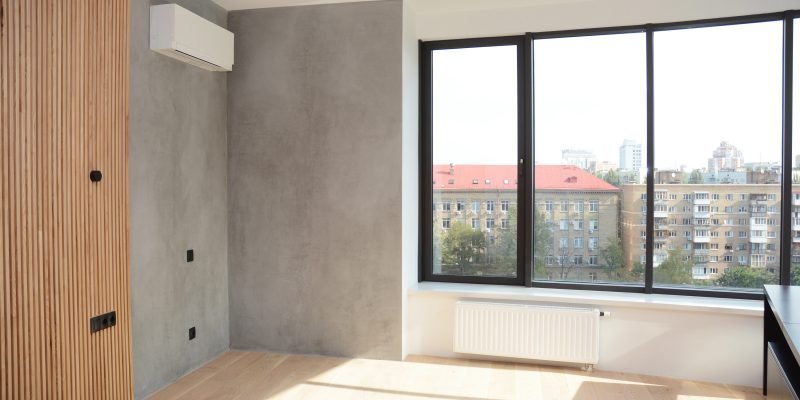
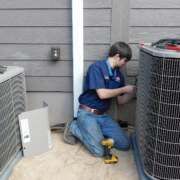
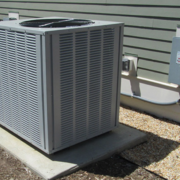
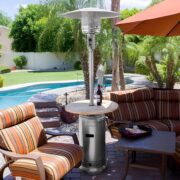
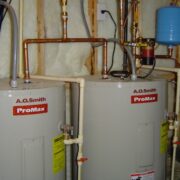
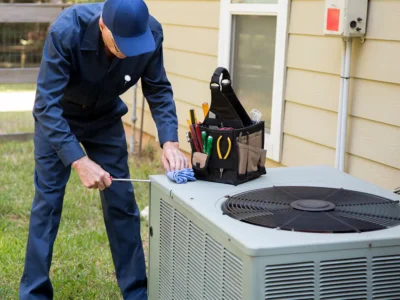
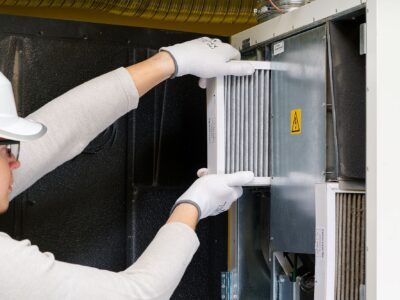
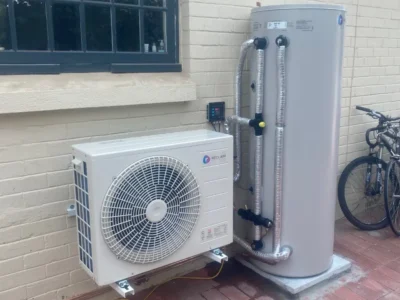
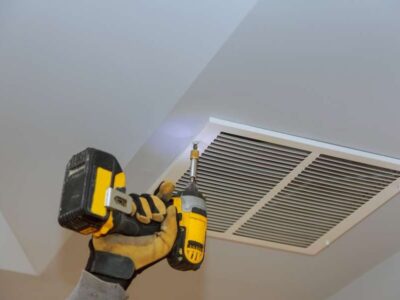


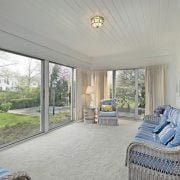

[…] scheduled timers for your air conditioning can be a good idea for your home. That will allow the air conditioners to have a specific time to operate automatically. You can […]